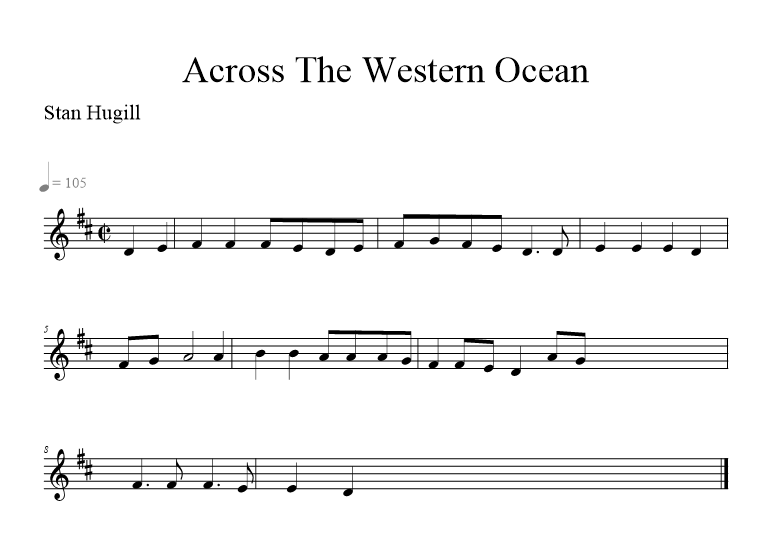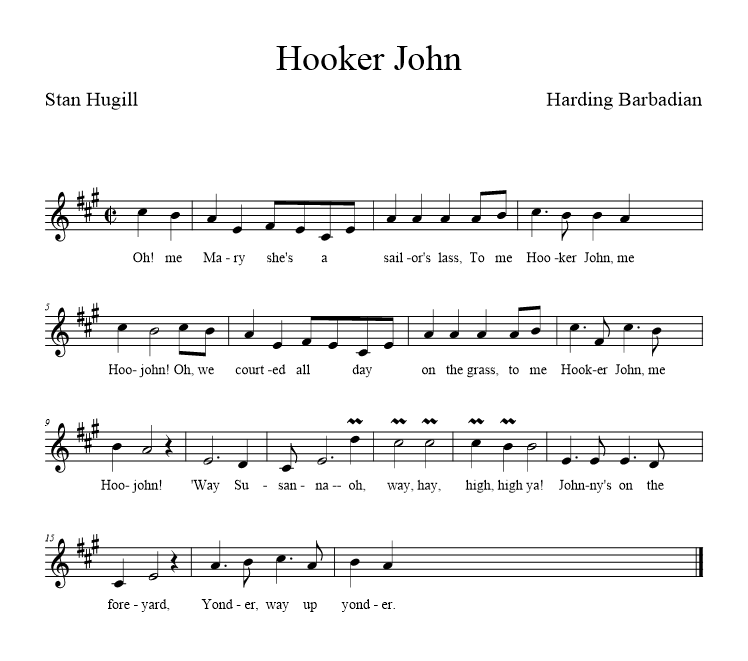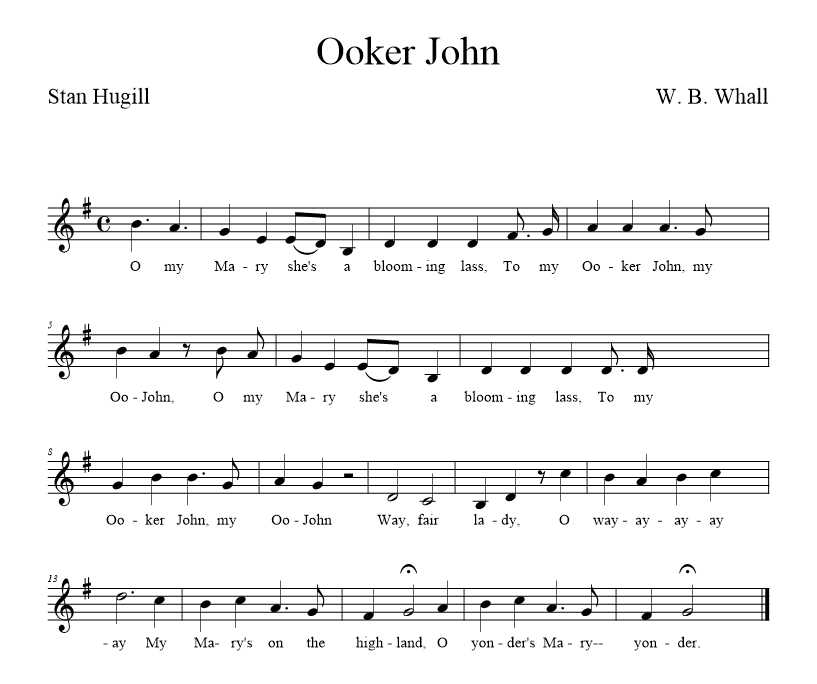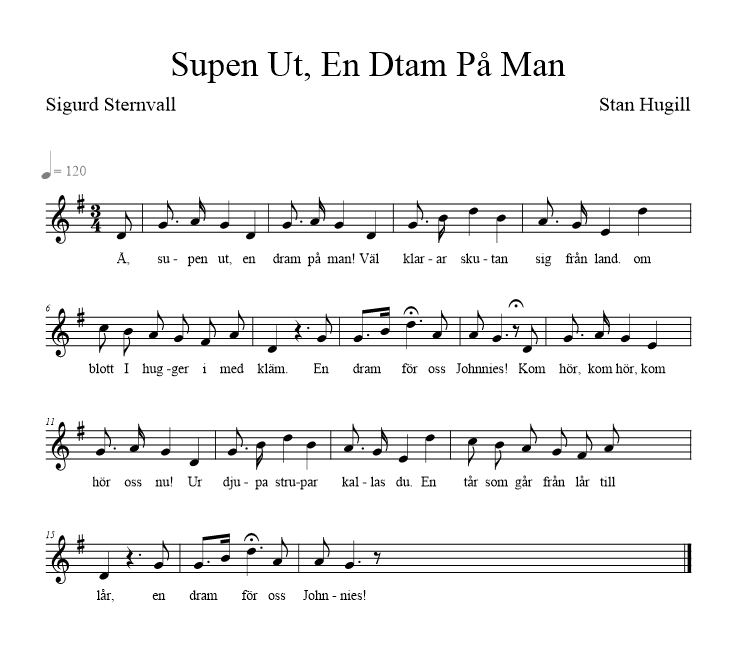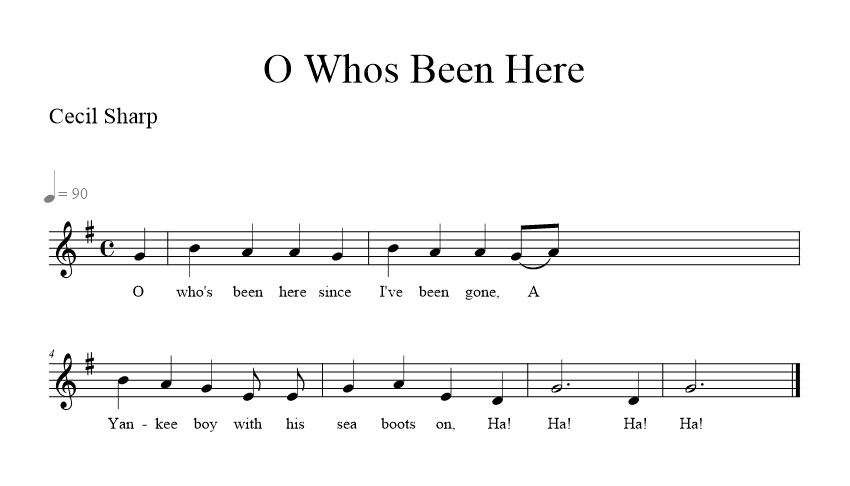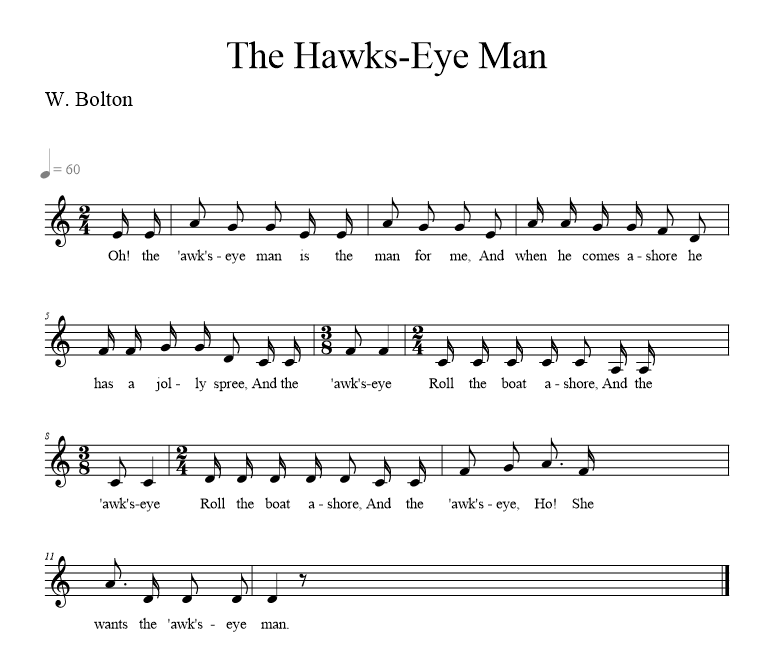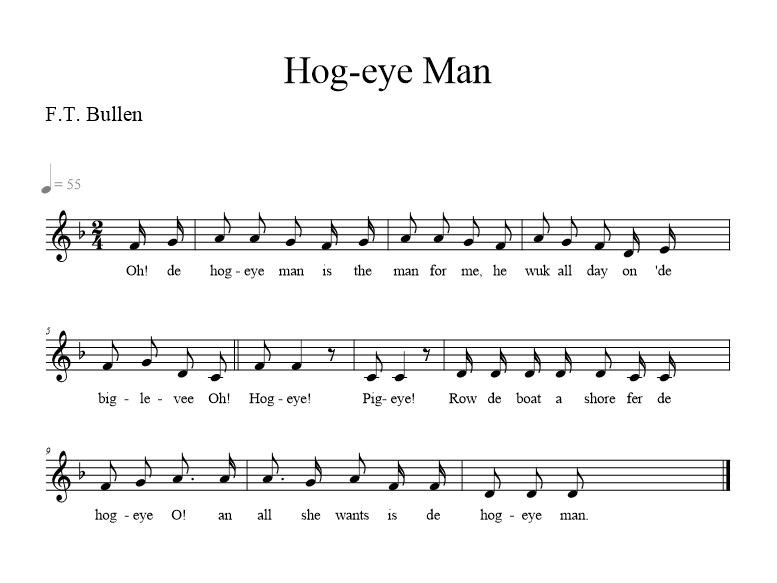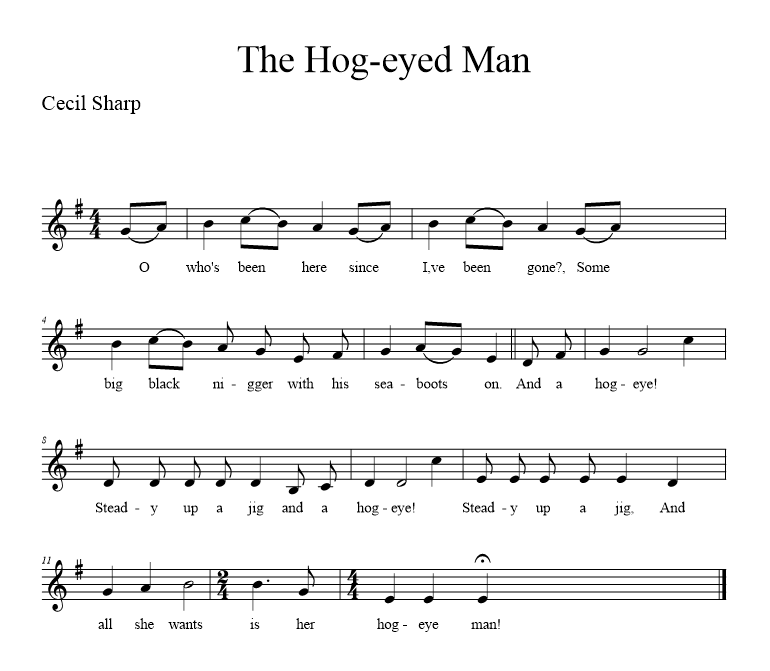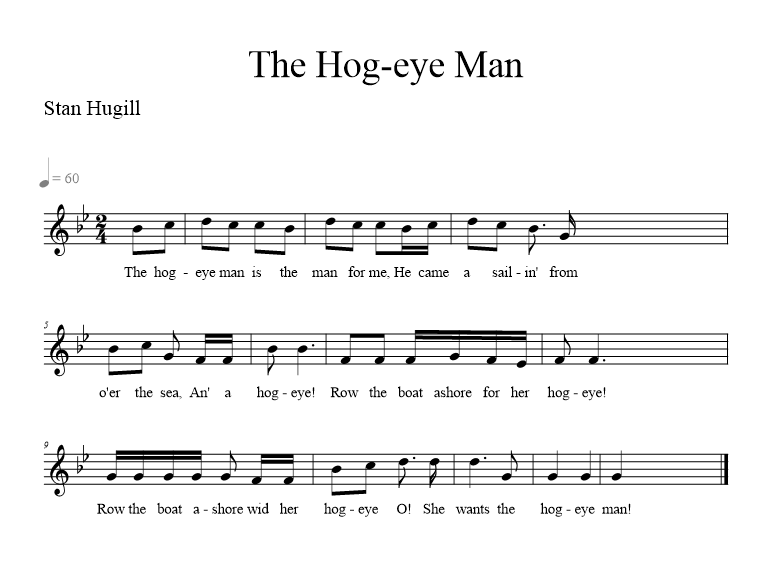Interesting Facts about the Leave her Johnny Leave Her – Capstan
“Leave her Johnny Leave Her” was a shanty that was used at pumps or capstan, also sometimes used as halyard shanty. However, it was mostly not used during the voyage due to the risk of being accused of mutiny by the singers, which was quite a serious risk as it was the unwritten rule of the merchant fleet that no serious complaints aloud about the captain or the job were allowed. So, due to the lyrics of this song (many verses are unprintable), it was especially used at the end of the voyage, when the (especially wooden) ship was in port, and all that was left was the final clearing and pumping out the water from the bilge, then the sailors could complain freely and it was accepted by the captain. This reconstruction will be a capstan shanty.
The source of this sea shanty
The music: “Shanties from the Seven Seas” by Stan Hugill (1st ed: p 293).
The lyrics: “Shanties from the Seven Seas” by Stan Hugill (1st ed: p 295, 296).
The Record of the Leave her Johnny Leave Her – Capstan
You also can find this record on my YouTube channel here or directly listen below. Additionally, if you want to share your opinion about the record or share your opinion you can do it in my Facebook forum here, or leave a comment at the bottom of this blog article.
The musical notation
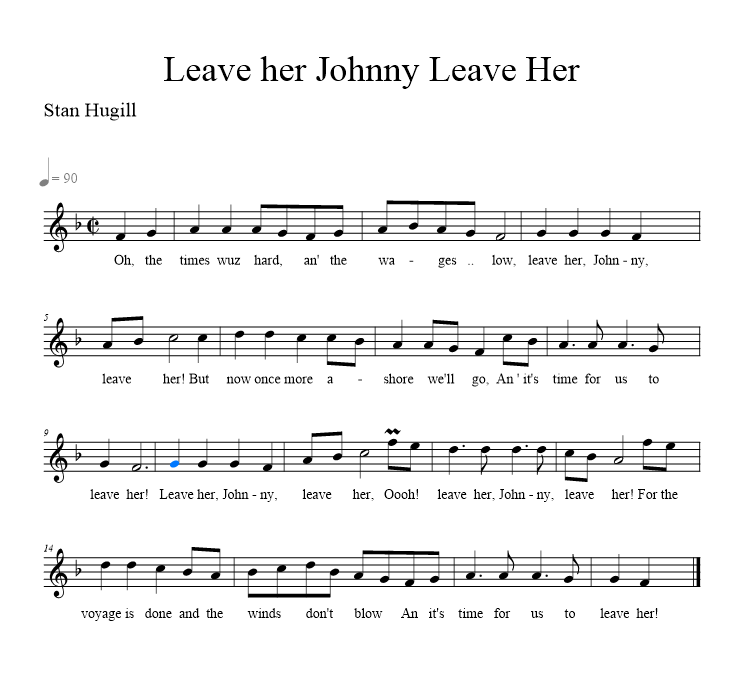
The full lyrics
Leave her Johnny Leave Her (Capstan)
Oh, the times wuz hard, an’ the wages.. low,
– leave her, Johnny, leave her!
But now once more ashore we’ll go,
– An’ it’s time for us to leave her!
– Leave her, Johnny, leave her,
– Oooh! leave her, Johnny, leave her!
– For the voyage is done and the winds don’t blow
– An it’s time for us to leave her!
* 2 *
Oh, I thought I heard the Ol’ Man say,
Tomorrow ye will get your pay,
* 3 *
The work wuz hard an’ the voyage wuz long,
The sea wuz high an’ the gales wuz strong.
* 4 *
The wind wuz foul an’ the sea ran high,
She shipped it green an’ none went by.
* 5 *
The grub wuz bad an’ the wages low,
But now once more ashore we’ll go.
* 6 *
Oh, our Old Man he don’t set no sail,
We’d be better off in a nice clean goal.
* 7 *
We’d be better off in a nice clean goal.
With all night in an’ plenty o’ ale.
* 8 *
She’s poverty-stricken an’ parish-rigged,
The bloomin’ crowd is fever-stricked.
* 9 *
Oh, sing that we boys will never be
In a hungry bitch the likes o’ she.
* 10 *
The mate wuz a bucko an’ the Old man a Turk,
The bosun wuz a beggar with the middle name o’, work.
* 11 *
The Old Man swears an’ the mate swears to,
The crew all swear, an’ so would you.
* 12 *
It’s growl yer may an’ go yer must,
It matters not whether yer last or fust.
* 13 *
The winds wuz foul, all work, no pay,
To Liverpool Docks from ‘Frisco Bay.
* 14 *
The ship won’t steer, nor stay, nor wear,
An’ so us shellbacks learnt to swear.
* 15 *
She will not wear, nor steer, nor stay,
Her sails an’ gear all carried away.
* 16 *
We wuz made to pump all night an’ day,
An’ we half-dead had beggar-all to say.
* 17 *
We’ll leave her tight an’ we’ll leave her trim,
We’ll heave the hungry bastard in.
* 18 *
Oh, leave her, Johnny, an’ we’ll work no more,
Of pump or drown we’ve had full stroke
* 19 *
Leave her, Johnny, an’ we’ll leave her with a grin,
There’s many a worser we’ve sailed in.
* 20 *
The sails is furled an’ our work is done,
An’ now ashore we’ll have our bit o’ fun.
* 21 *
We’ll make her fast an’ stow our gear,
The gals are a-waitin’ on the pier.
* 22 *
Leave her, Johnny, ye can leave her like a man,
Oh, leave her, Johnny, oh, leave her while yer can.
* 23 *
Now I thought I heard the Old Man say,
One more good heave an’ then belay.



